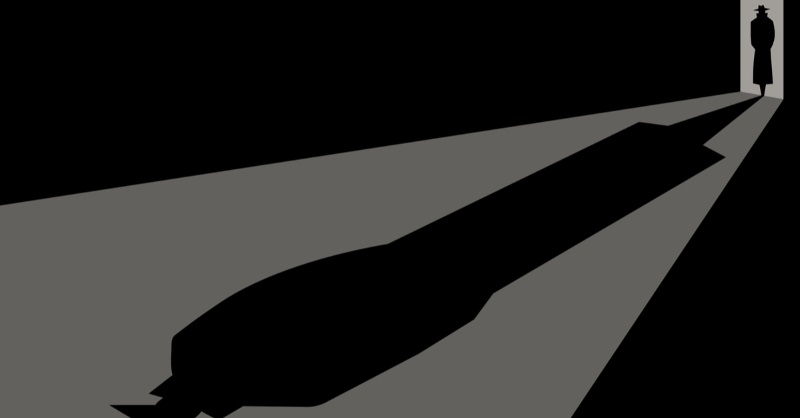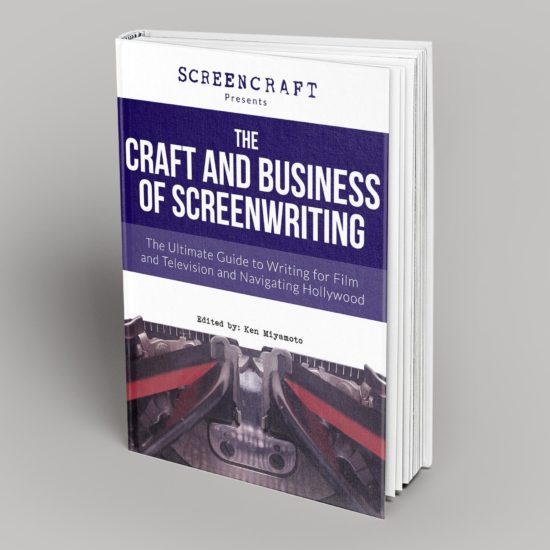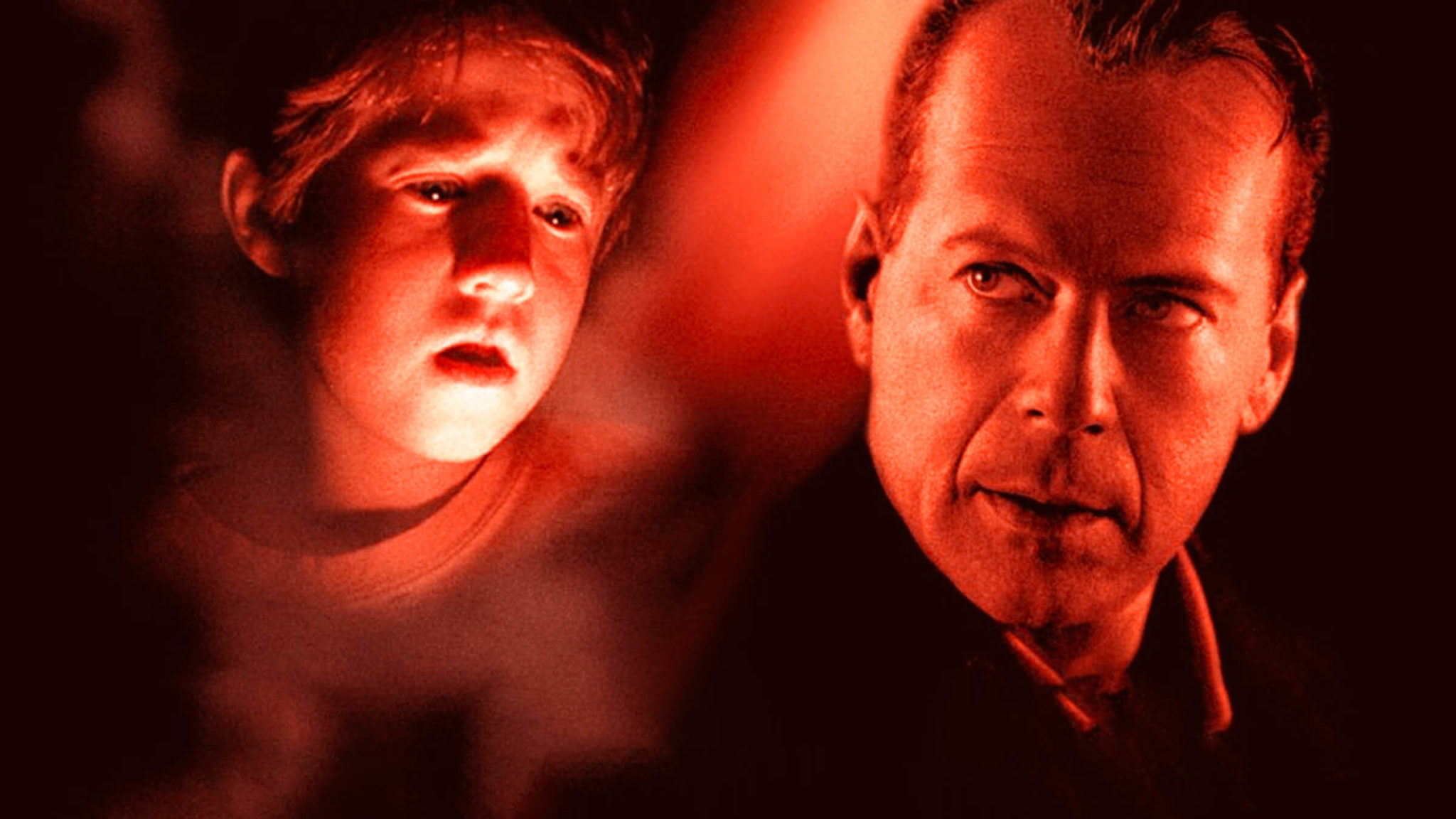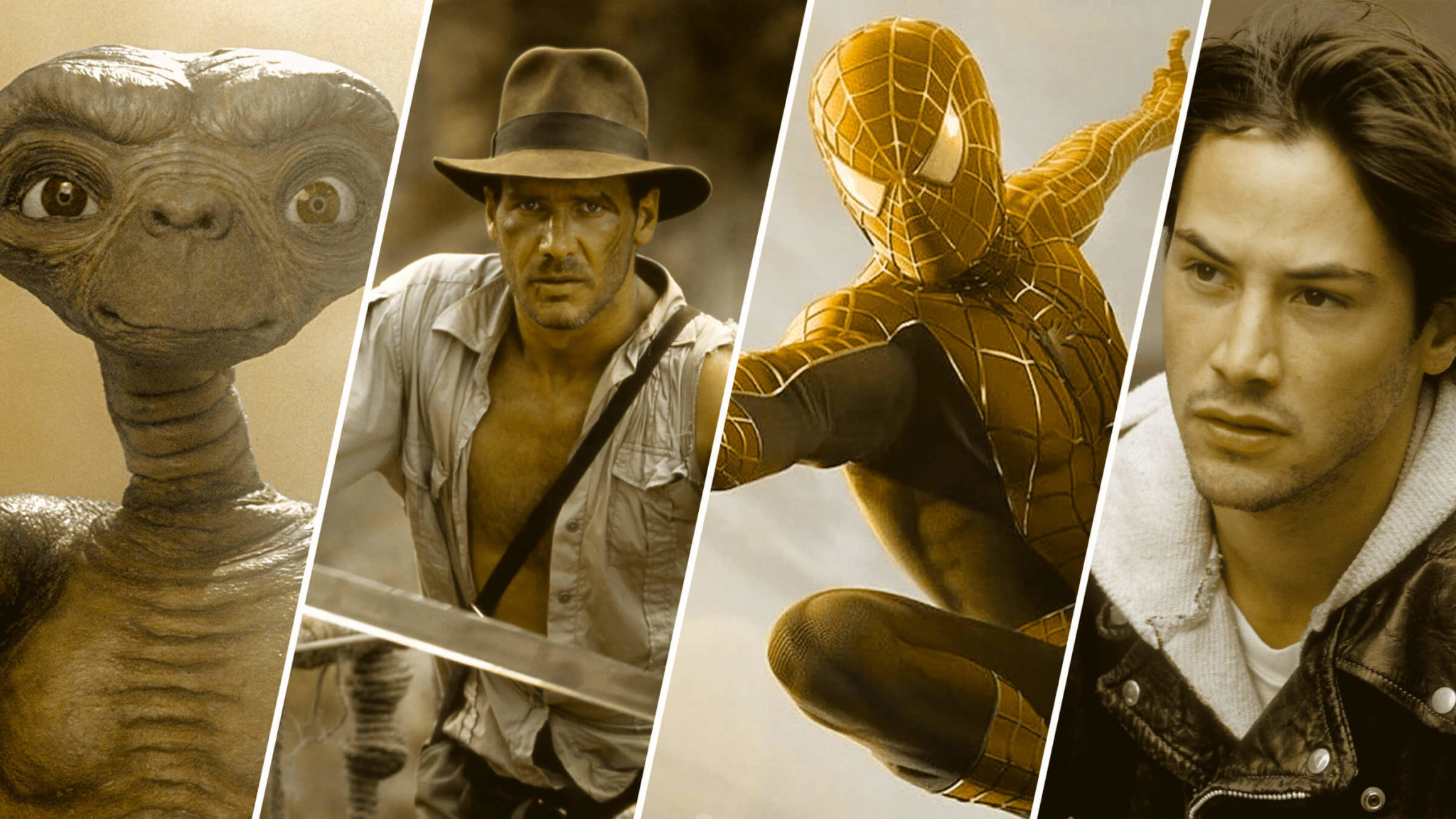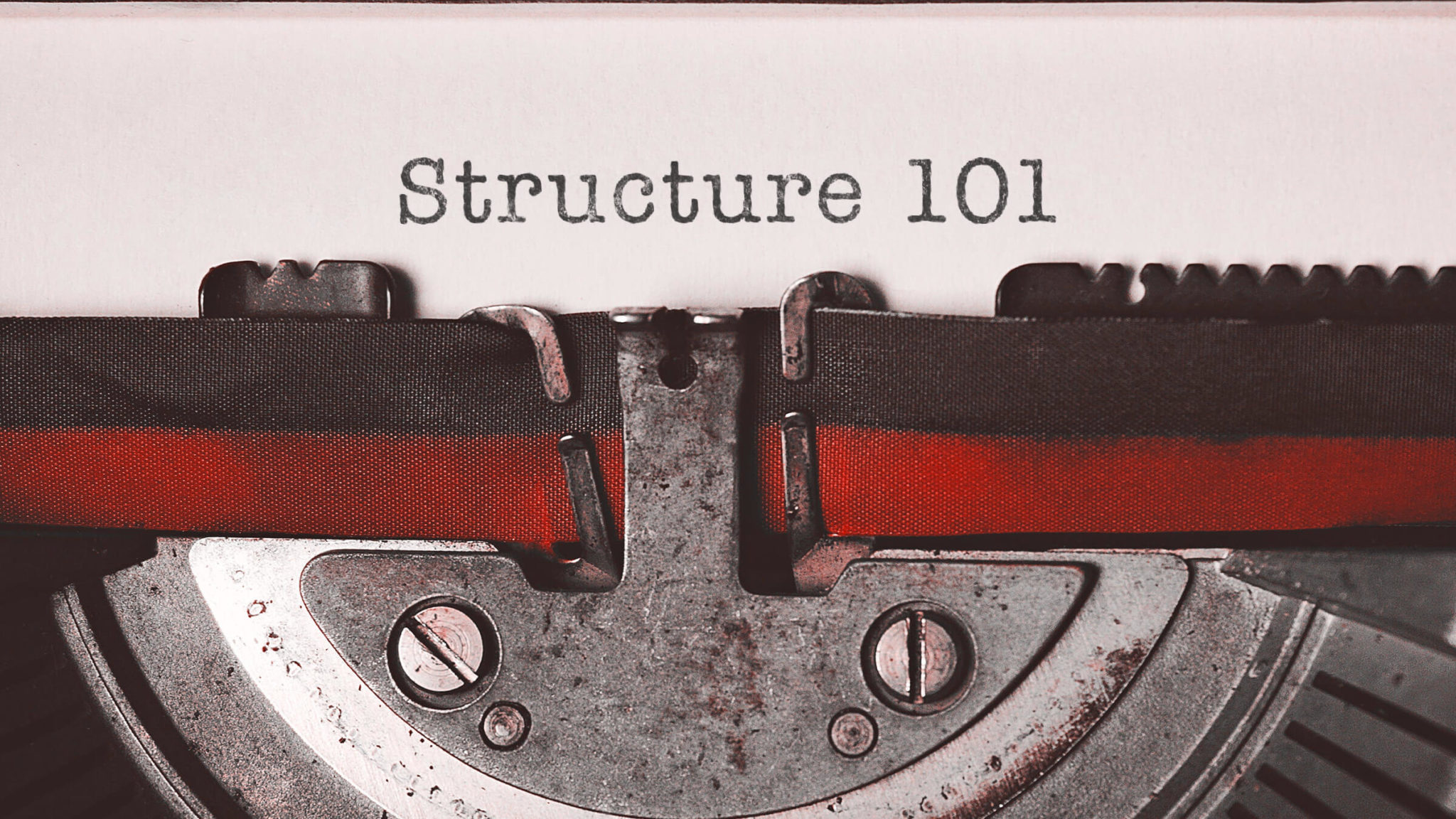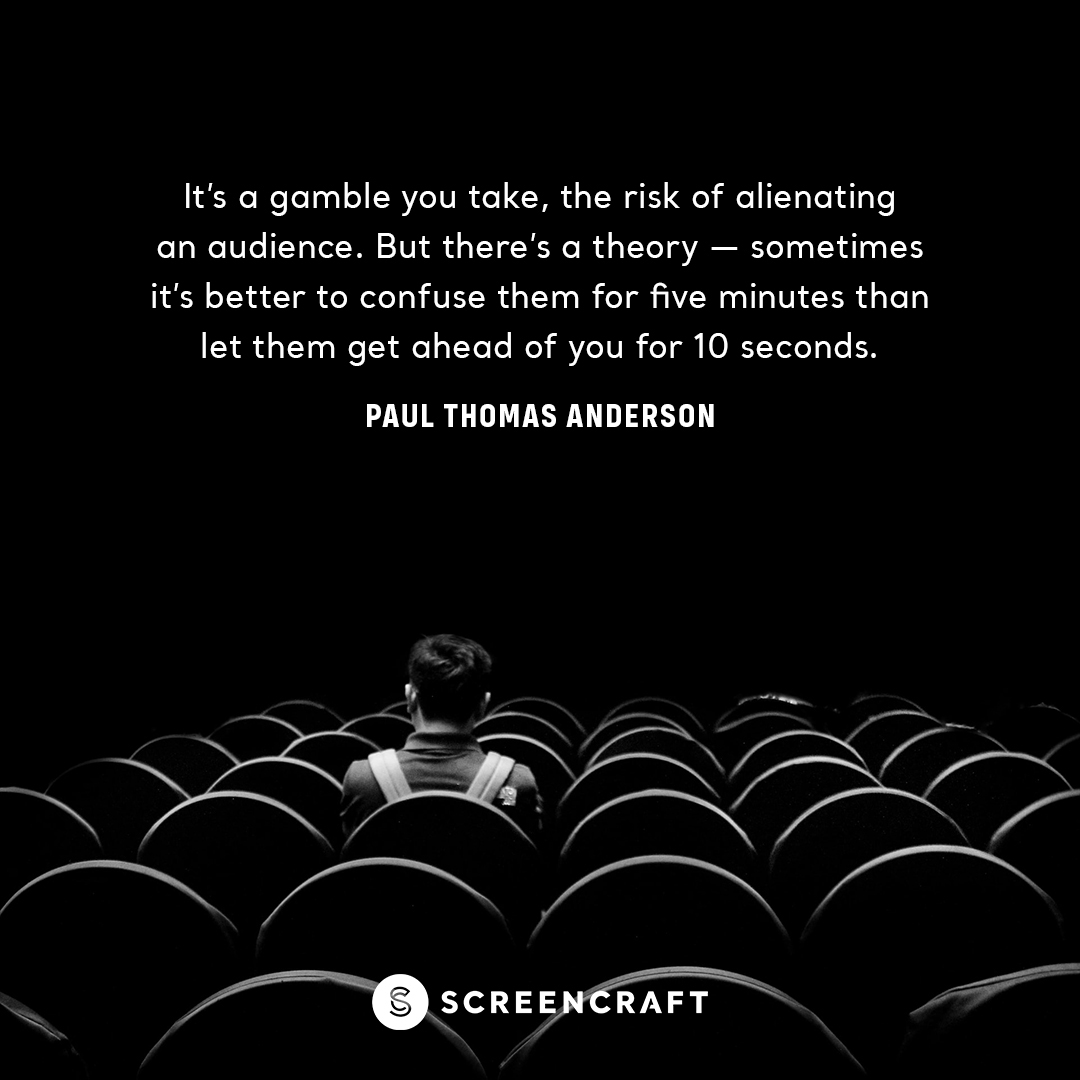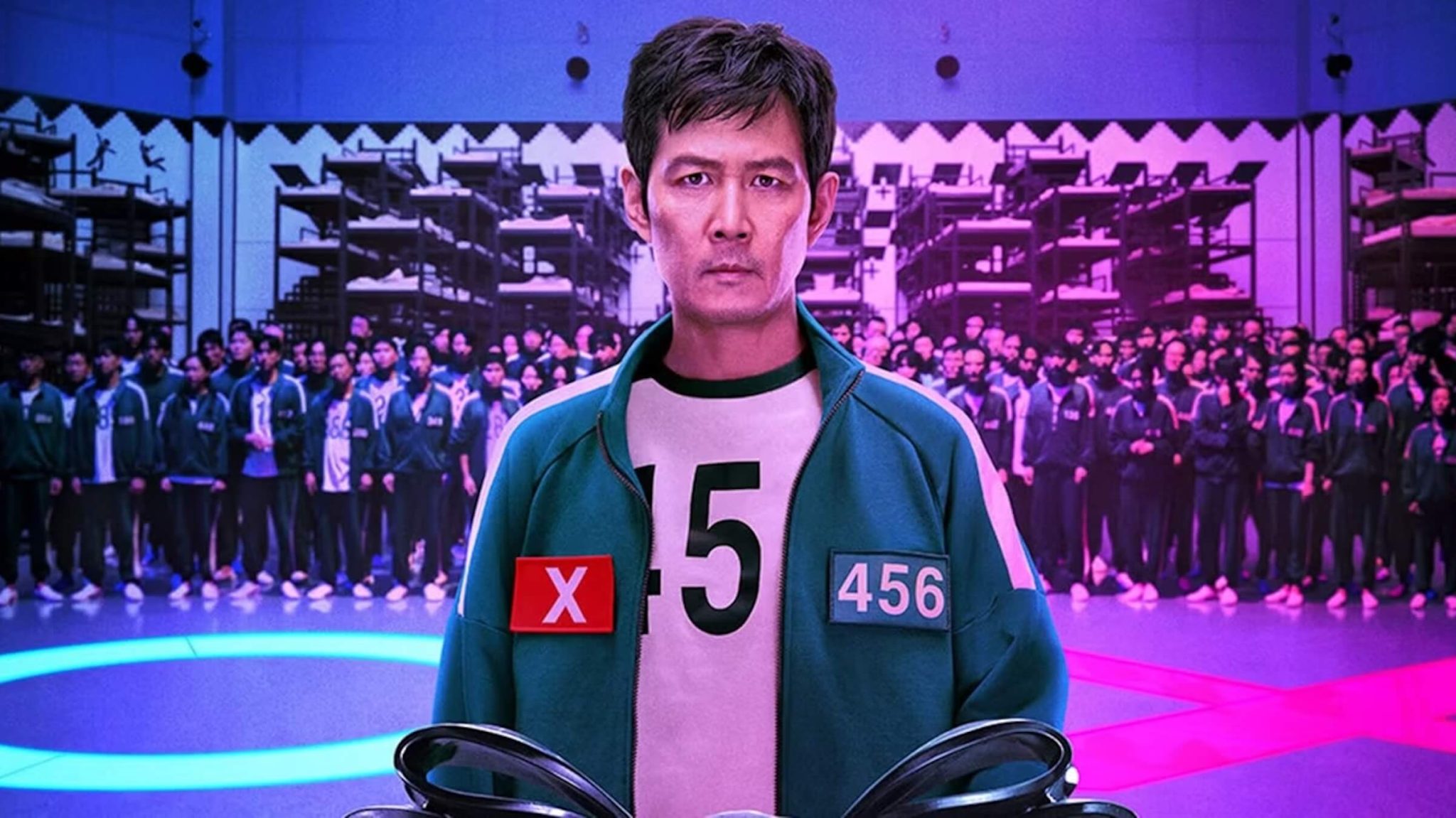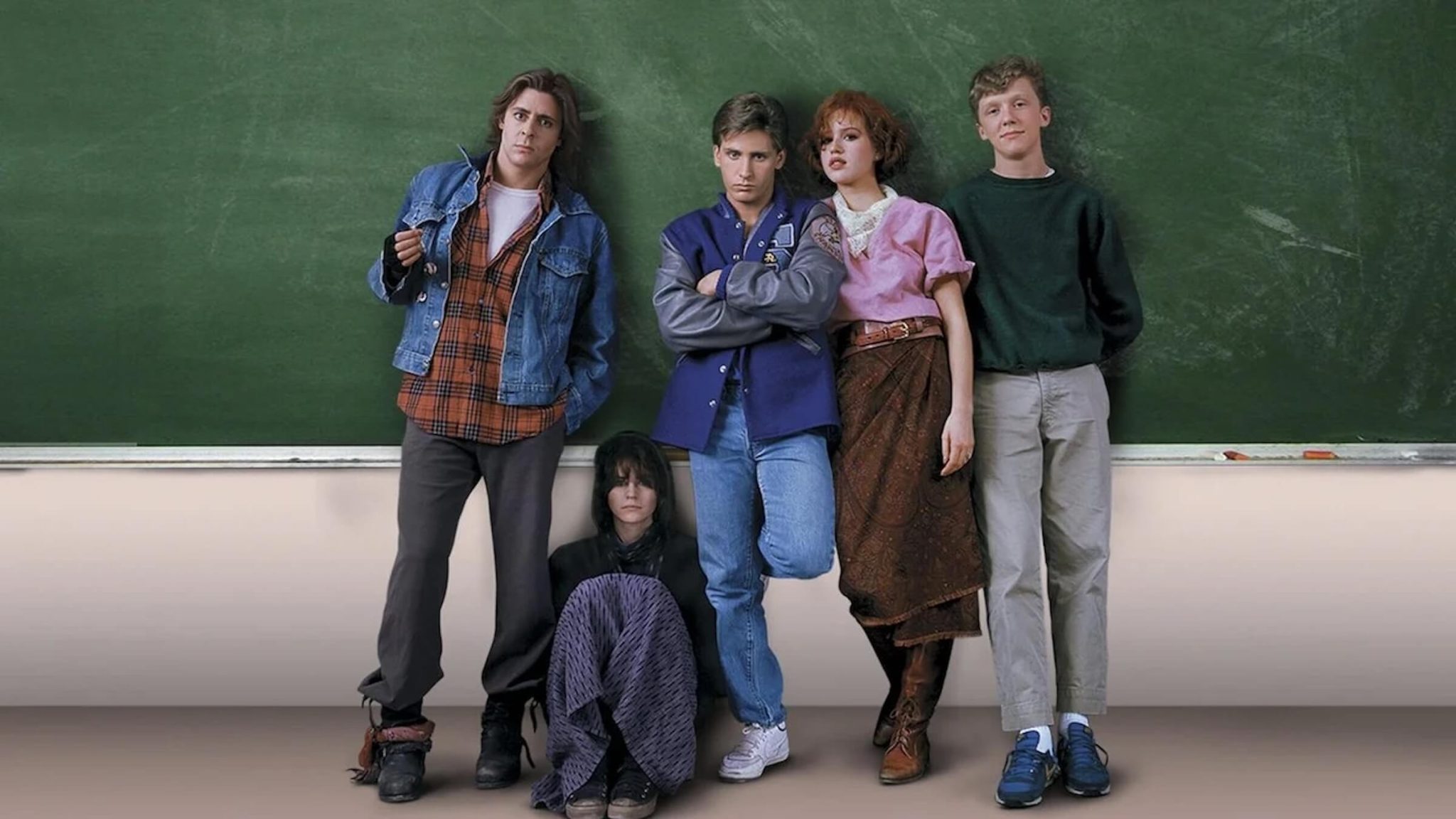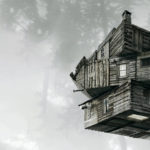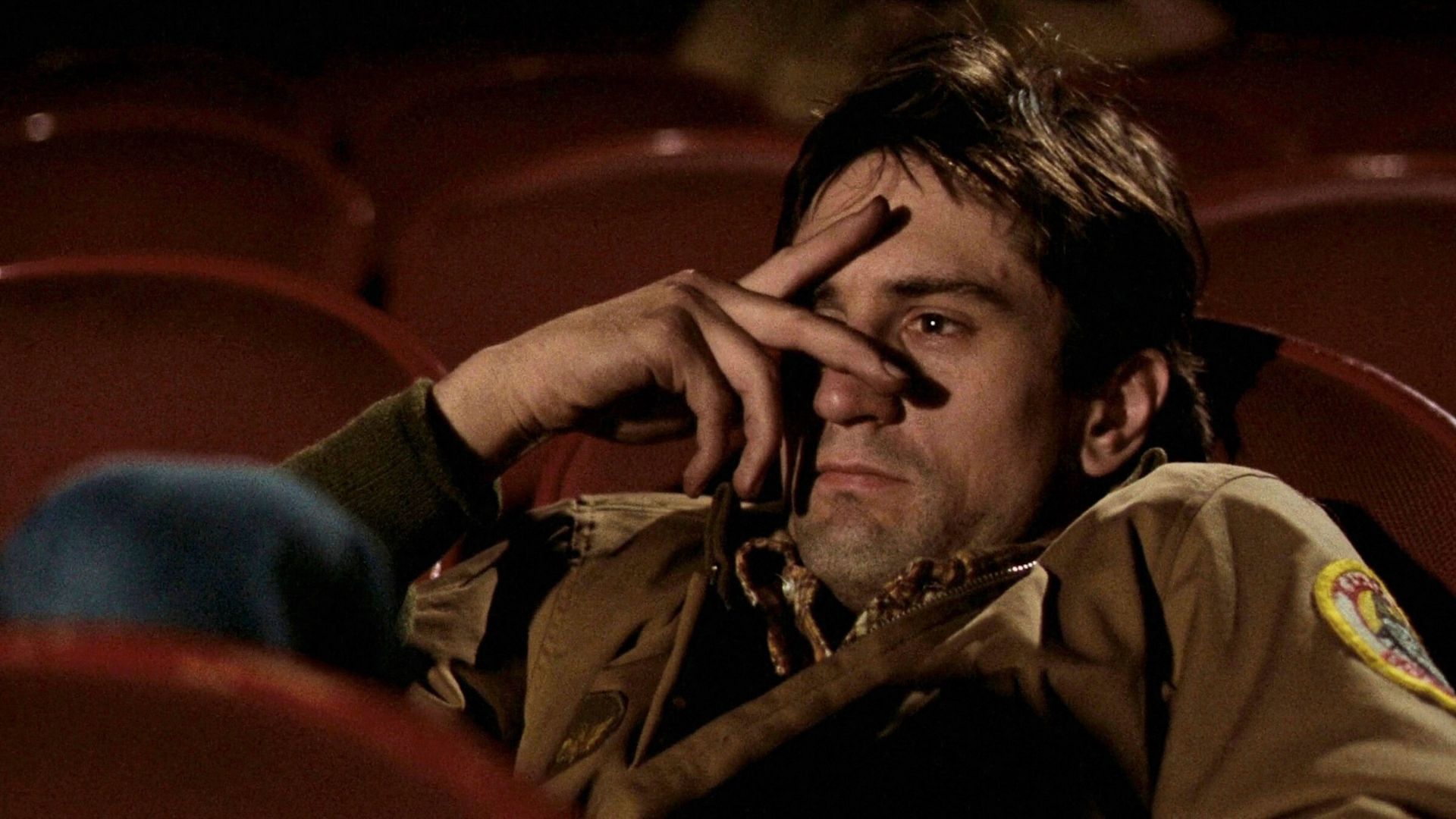
What does it take to write a great spy thriller?
From the James Bond franchise to every Mission Impossible installment — and everything around and in between — the spy thriller has long been one of the most intriguing genres in film and television.
We've had spy thrillers based on true stories (Bridge of Spies and Argo), slapstick comedies (Spy, the Austin Powers Trilogy, Top Secret!), action comedies (True Lies, Mr. and Mrs. Smith), slow-burn thrillers (Tinker Tailor Soldier Spy, Syriana, The Third Man), compelling television series (Homeland, 24, Jack Ryan), and so many more.
While there are many obvious variances of what makes a great spy thriller — due primarily to the popular subgenre that is often blended with other genres — here we feature seven essential elements to great contemporary spy thriller scripts, inspired by Graeme Shimmin's Writing Spy Fiction with an Unputdownable Plot blog post.
Screenwriters can mix and match these keys to apply to their spy thriller scripts, depending on the genre they are blending it with.
1. Find the Killer Logline
If you're not hired to write the latest James Bond, Jason Bourne, or Ethan Hunt blockbuster, you have to do your best to find a killer logline that will force Hollywood decision-makers to take notice.
It's not enough to tell your version of those types of spy thrillers. You can't simply create your own Bond, Bourne, or Hunt, give them a new name or gender and pass them off as your own. That's not going to be enough to sell the script on spec.
You need to create a unique and original spin on the popular subgenre.
A logline is the expression of the intriguing concept you've conjured, answering the question of who, what, when, where, how, and why.
A hapless New York advertising executive is mistaken for a government agent by a group of foreign spies and is pursued across the country while he looks for a way to survive. (North by Northwest)
Retiring CIA agent Nathan Muir recalls his training of Tom Bishop while working against agency politics to free him from his Chinese captors. (Spy Game)
A desk-bound CIA analyst volunteers to go undercover to infiltrate the world of a deadly arms dealer and prevent diabolical global disaster. (Spy)
A fearless, globe-trotting, terrorist-battling secret agent has his life turned upside down when he discovers his wife might be having an affair with a used car salesman while terrorists smuggle nuclear warheads into the United States. (True Lies)
A spy organization recruits an unrefined, but promising street kid into the agency's ultra-competitive training program, just as a global threat emerges from a twisted tech genius. (Kingsman: The Secret Service)
A bookish CIA researcher finds all his co-workers dead and must outwit those responsible until he figures out who he can really trust. (Three Days of the Condor)
In the bleak days of the Cold War, espionage veteran George Smiley is forced from semi-retirement to uncover a Soviet Agent within MI6. (Tinker Tailor Soldier Spy)
A 1960s secret agent is brought out of cryofreeze to oppose his greatest enemy in the 1990s, where his social attitudes are glaringly out of place. (Austin Powers: Internation Man of Mystery)
What's your spin on the subgenre?
Is there a way to weave a spy thriller concept into the horror genre? Is there a MacGuffin that is intriguing enough to center your spy thriller around?
Whatever the concept may be, it has to stand out from the already ingrained spy thriller franchises. Hollywood has read so many versions of those stories. It's up to you, the writer, to take the subgenre in a new direction or center it around something unique and different.
2. The Big Opening
While some may believe that the big thrilling spy movie opening has become a cliché, you can't deny the expectation that audiences (and studios) have when they sit down to watch a spy thriller.
But remember that there are many different versions of a big opening.
You can go the James Bond route, and focus on action spectacles.
Or Mission Impossible: Rogue Nation's take on that trope.
You can take a cue from the original Mission Impossible and focus on early twists, turns, and intrigue.
Or you can pose a mystery that draws the audience in, as The Bourne Identity did so well.
Whatever you come up with needs to be either big, intriguing, or preferably both.
3. A Unique Protagonist and Antagonist
You can't just have a great hero go up against a cookie-cutter villain. It works in spy thriller franchises at times because of the fan base. But you also can't just have a cookie-cutter protagonist go up against a unique and compelling villain either.
They have to be equally strong in your script — and they have to compliment each other through their characterizations and those character traits that are constantly being put up against each other.
If it's just another spy or secret agent going up against just another leader of some faceless evil organization, Hollywood isn't going to take notice. The studios have their own franchise for that.
What makes your protagonist and antagonist different than what we've seen before already?
Is your protagonist a disgraced spy rotting in a prison for a crime they did not commit? Have they assumed a new identity after leaving the CIA, now working as a kindergarten teacher to atone for the terrible things they've done in their past? Or maybe they are a spy hired by a spy organization because of their multiple personality disorder — thus able to beat any lie detector test.
Is your antagonist the thought-to-be-dead twin of your protagonist?
These are all horrible (or brilliant) ideas maybe, sure. But the point is that you have to think outside of the box.
4. Offer the Illusion of Reality
Let's be honest — real spies are not like the ones we see in movies. They don't have a gadget-maker, and they certainly don't have the technology to make those fantastic Mission Impossible masks.
The spy thriller tropes we know and love just aren't real (that we know of), but we still enjoy those cool gadgets and skills so how do you make such elements seem realistic?
Offering the audience the illusion of reality is so important. You accomplish that by ensuring that there are no outrageous coincidences in your scripts that allow for the protagonist or antagonist to succeed. There have to be logical explanations for what happens within your script.
Loose ends and plot holes will always surface — even the best spy thrillers have them — but you have to do your due diligence to make sure that it feels like these things could really happen.
The gadgets and other technology used by James Bond or Ethan Hunt are often excusable because they are created by a secret organization that apparently has the funding and advanced technological capabilities to develop them — at least that's the easy answer. But they have to be somewhat embedded in currently available technology concepts and reality.
Moonraker is often considered to be the black sheep of the James Bond franchise because it jumped the shark a bit with the infamous space battle sequence.
Script readers have read so many terrible scripts that forget to offer an illusion of reality within their worlds. Spy thrillers aren't science fiction — unless they are set within the future or another world. Thus, they need to be grounded.
5. Deliver on the Action
Protagonists in spy thrillers are men or women of action. They aren't dealing with inner conflicts that encompass the core of the story and plot. They are trying to save their country or save the world. Because of that, your spy thriller scripts need to showcase a sense of action.
Now, in some spy thrillers, that action is less about physical leaps and bounds and more about actions taken through wits and cunning. Tension also can be used to create suspenseful sequences that give us a similar rush to what an action sequence would.
Mission Impossible gave us a combination of both action and tension in the Langly sequence.
This scene pails in comparison to the action within later installments of the Mission Impossible franchise, but it is one of the most memorable because of the use of non-action tension. Ethan Hunt is hanging from a wire. There's nothing dynamic about that action. It's the tension of not being able to make a sound, of keeping the room cool, and not being able to touch the floor — all matched with the ongoing tension of waiting for the CIA analyst to come back into the room.
And then, yes, it's always nice to create some outstanding physical action sequences that keep those pages turning.
6. Major Twists, Turns, Reveals, and Many of Them
All spy thrillers pride themselves on their twists and turns. While every script in almost every genre would do good by having twists, turns, and reveals, spy thrillers rely on them to keep the audience guessing.
If there's one element out of all of these mentioned above, this is the one you need to focus on most. And it's not just about tricking the audience. Lesser scripts have that Scooby-Doo reveal at the end in an attempt to pass a surprise off as a compelling reveal and twist. The great scripts do the work throughout each and every page to offer the best payoffs for such moments.
These things have to be set up masterfully with plants throughout the script.
Read ScreenCraft's Best “Plant and Payoff” Scenes Screenwriters Can Learn From!
If there's a gun hidden in the safe that the antagonist is forcing the protagonist to open, that gun has to be mentioned early on in the script somehow. If it just appears out of nowhere in a time of convenience for the protagonist, that's one of those coincidences that destroys the illusion of reality mentioned above.
If a supporting character is revealed to be a traitor, there have to be story and character elements earlier on in the script that introduce moments that we can go back to in order to validate that reveal. If it just happens, that's a lazy trick you've pulled on the audience, and they'll hate the writing for it no matter how shocking it is.
The thrill of a twist, turn, or reveal is later discovering that the clues were there all along.
If a regular thriller has a couple of major twists, turns, and reveals, spy thrillers need triple that amount to stay on par with the greats.
7. The MacGuffin
Alfred Hitchcock made this term popular, referring to it as a goal, desired object, or any other motivator that the protagonist (and often the antagonist as well) is either tasked with pursuing, or drawn to pursuing for whatever reasons.
It’s a motivating element that exists only to drive the plot and is usually the cause and effect of each character’s conflict that they are dealing with throughout the story.
In spy thrillers, it's often the bomb, the device, the list, or piece of information that everyone is gunning for. Not all spy thrillers have a MacGuffin, but most do. And yes, many of them are forgettable.
In this final key to writing a successful spy thriller, we challenge you to break the mold of conventional spy thriller MacGuffins and come up with something more compelling, intriguing, and engaging.
What are you going to give us that's new and original? What's going to make audiences stop and say, "Oh my gosh, they need to find that before it gets into the hands of the bad guys."
Sure, it can be a bomb, device, list, or piece of information still. But what is different about your bomb, device, list, or piece of information that's going to add the necessary oomph you need to sell your script?
Read ScreenCraft's How Screenwriters Can Master the MacGuffin!
Ken Miyamoto has worked in the film industry for nearly two decades, most notably as a studio liaison for Sony Studios and then as a script reader and story analyst for Sony Pictures.
He has many studio meetings under his belt as a produced screenwriter, meeting with the likes of Sony, Dreamworks, Universal, Disney, Warner Brothers, as well as many production and management companies. He has had a previous development deal with Lionsgate, as well as multiple writing assignments, including the produced miniseries Blackout, starring Anne Heche, Sean Patrick Flanery, Billy Zane, James Brolin, Haylie Duff, Brian Bloom, Eric La Salle, and Bruce Boxleitner. Follow Ken on Twitter @KenMovies
For all the latest ScreenCraft news and updates, follow us on Twitter, Facebook, and Instagram.
Tags
Get Our Screenwriting Newsletter!
Get weekly writing inspiration delivered to your inbox - including industry news, popular articles, and more!


